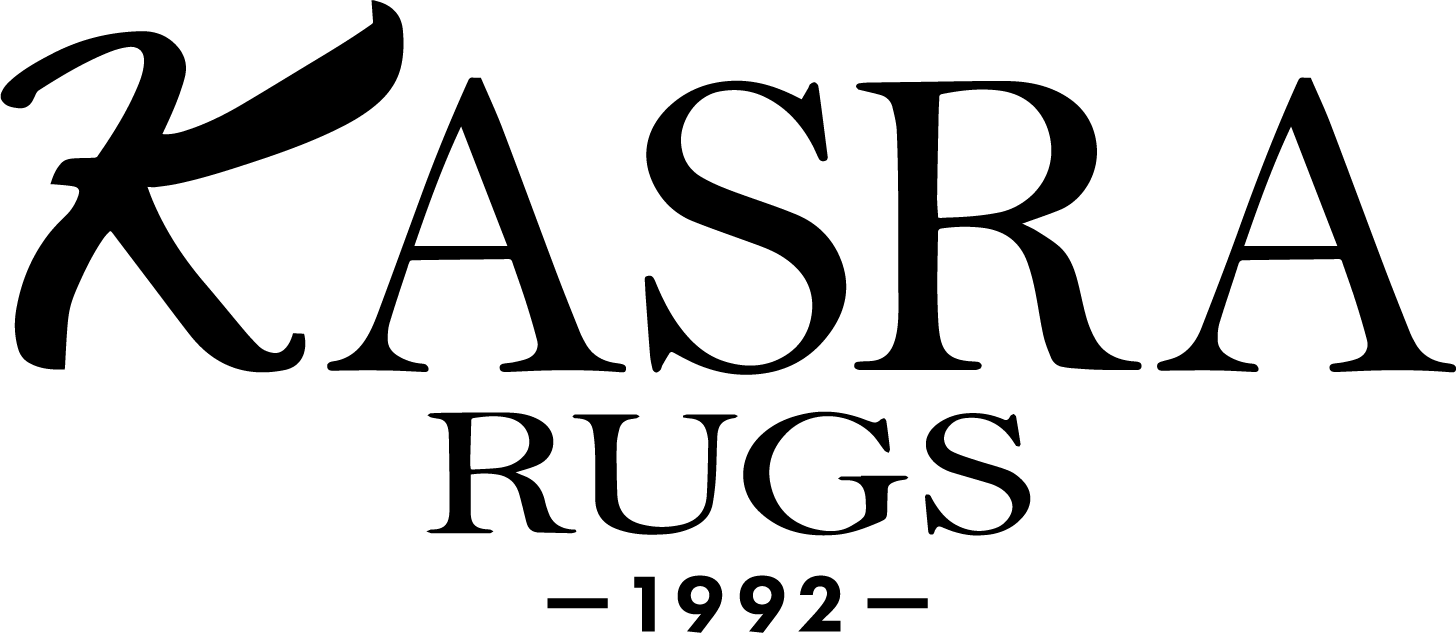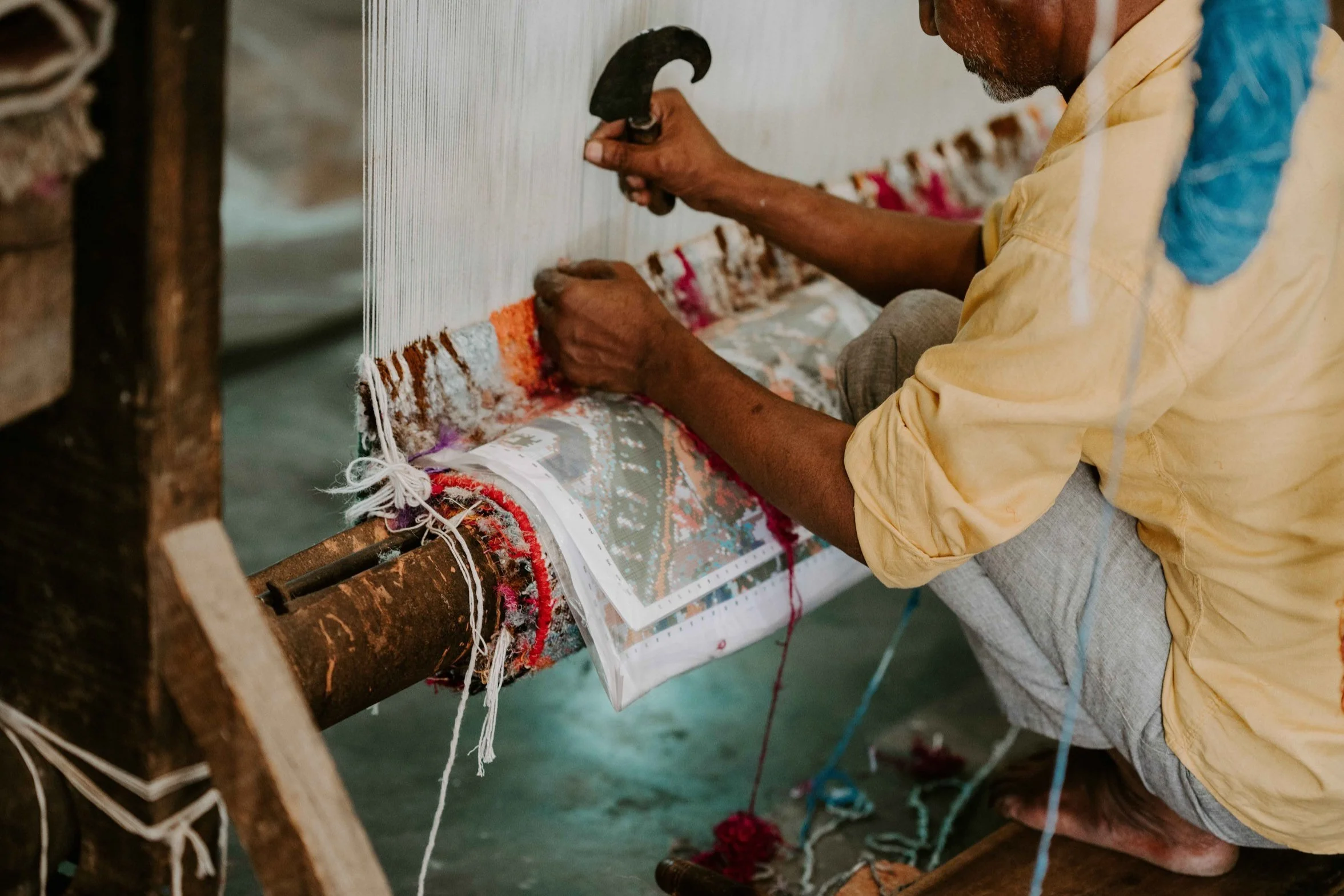The Loom
Persian and oriental rugs are knotted by hand but are widely regarded as being “woven”. Rug weaving is difficult, requires long hours of work and attention to detail. The required tools are relatively inexpensive and most of the work takes place on the loom, which is the frame that holds the rug together while it is being woven. This is where most of the magic happens.
There are two types of looms which are used for weaving Persian and oriental rugs; one is vertical and the other is horizontal. Typically, looms are upright and are firmly held by pegs driven into the ground. These two vertical posts are connected to two strong cross beams, making a sturdy frame. The two cross beams are adjustable in order to accommodate weaving of rugs in different sizes.
Horizontal looms are the simplest type of loom. They’re typically used by nomads, as they’re easier to dismantle and transport. The loom is firmly secured to the ground by four pegs with a cross beam at either end. The weaver will start at one end and sit in front of the rug while they continue their knotting process.
To begin, the weaver will run parallel vertical threads between the cross beams. These threads are called the warp. Next, the weaver will insert lines of threads around alternating warps across the loom. These horizontal threads are called the weft. Once the weaving process is finished, the rug is removed from the loom and taken for finishing and cleaning. It can take months and in some cases even years to make a good hand woven rug.
To learn more about how rugs are woven, read our post From The Loom To Your Room.


